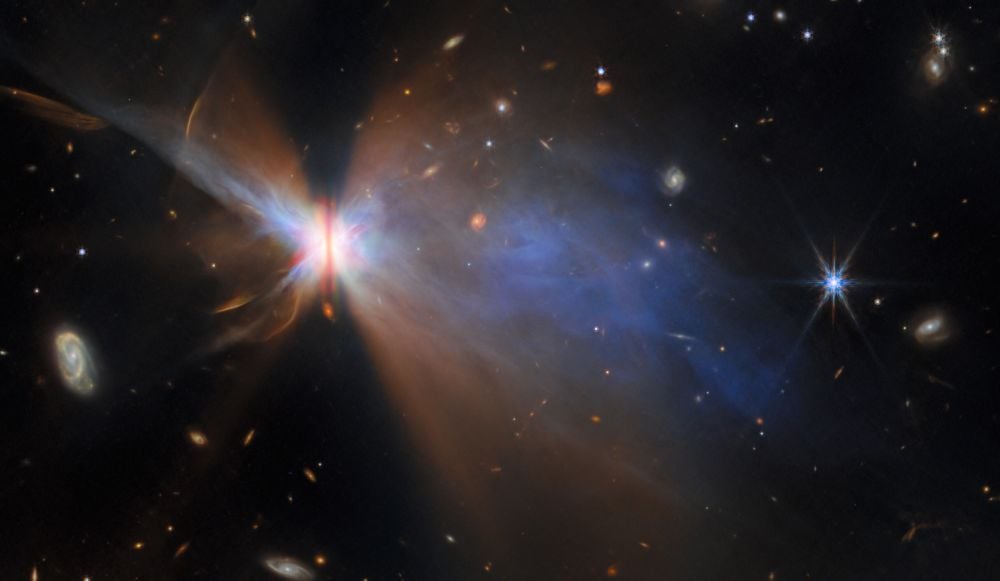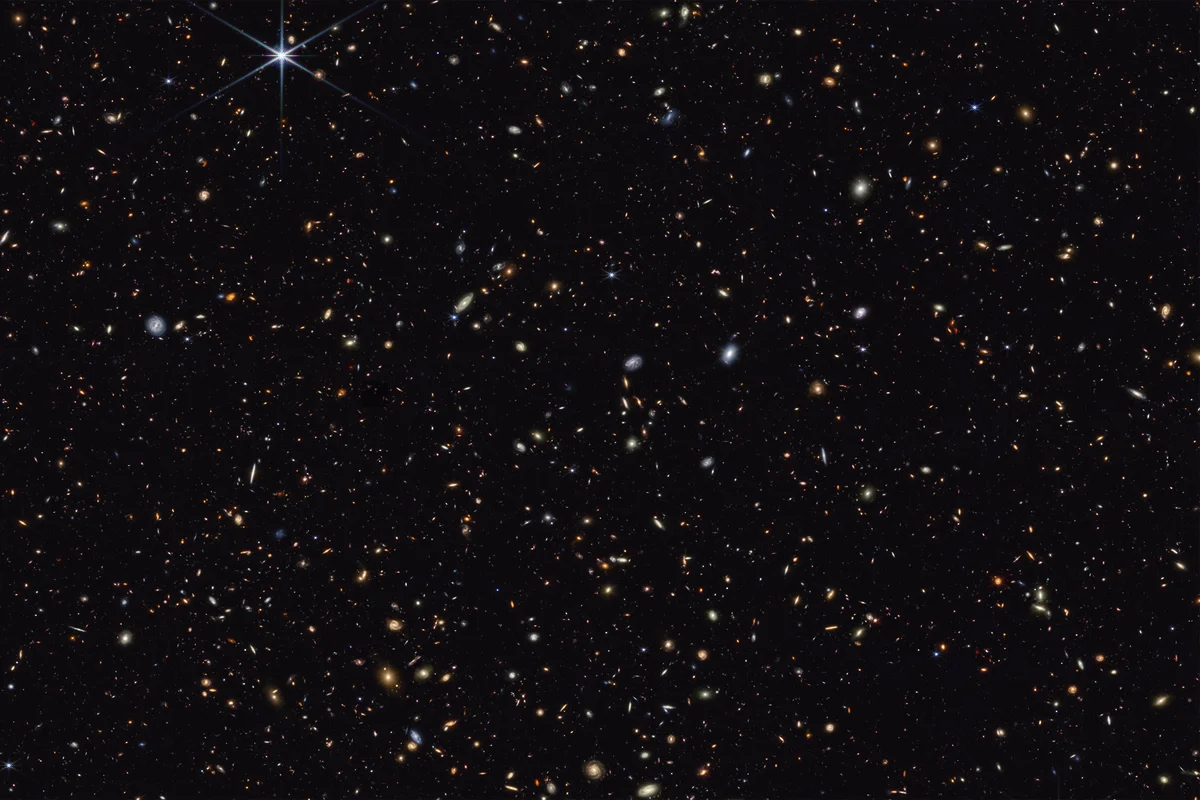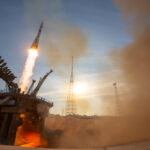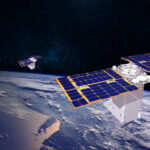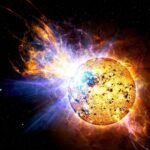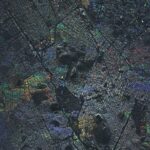Astronomers struggle to detect small exoplanets directly. One tool they use is to search for the effects these planets have on debris disks around stars. Clues in these disks tell
Live in the eastern hemisphere? If skies are clear, you have a chance to see a remarkable sight this Sunday night into Monday morning: the ‘Blood Moon’ of a total
Ireland’s first satellite, EIRSAT-1, has completed its mission orbiting Earth. The CubeSat, which was built and launched by students and faculty of University College Dublin (UCD), will de-orbit in a
LIGO, the Laser Interferometer Gravitational-wave Observatory, has been called the most precise ruler in the world for its ability to measure motions more than 10,000 times smaller than the width
The so-called Butterfly star gets its name from its edge-on appearance. The star’s protoplanetary disk blocks out starlight revealing a nebula, or butterfly wing, on each side. Deeper JWST observations
Water is key to life as we know it. But that doesn’t mean its key to life everywhere. Despite the fact that the ability to house liquid water is one
Images taken with the MIRI infrared camera on the James Webb Space Telescope (JWST) have made it possible to observe the first galaxies in long-wavelength infrared light for the first
In a distant galaxy called Makani, particles of dust were warmed by the light of newborn stars before being flung out into space by a massive starburst-driven wind. Over the
Jupiter hosts the brightest and most spectacular auroras in the solar system. Near its poles, these shimmering lights offer a glimpse into how the planet interacts with the solar wind
Scientists revealed Wednesday that Mars’ innermost core appears to be a solid hunk of metal just like Earth’s.
-
 012024 in Review: Highlights from NASA in Silicon Valley
012024 in Review: Highlights from NASA in Silicon Valley -
 02Panasonic Leica Summilux DG 15mm f/1.7 ASPH review
02Panasonic Leica Summilux DG 15mm f/1.7 ASPH review -
 03How New NASA, India Earth Satellite NISAR Will See Earth
03How New NASA, India Earth Satellite NISAR Will See Earth -
 04And Thus Begins A New Year For Life On Earth
04And Thus Begins A New Year For Life On Earth -
 05Astronomy Activation Ambassadors: A New Era
05Astronomy Activation Ambassadors: A New Era -
06SpaceX launch surge helps set new global launch record in 2024
-
 07Space Force plans new ‘Futures Command’ amid pressure to speed up modernization
07Space Force plans new ‘Futures Command’ amid pressure to speed up modernization




